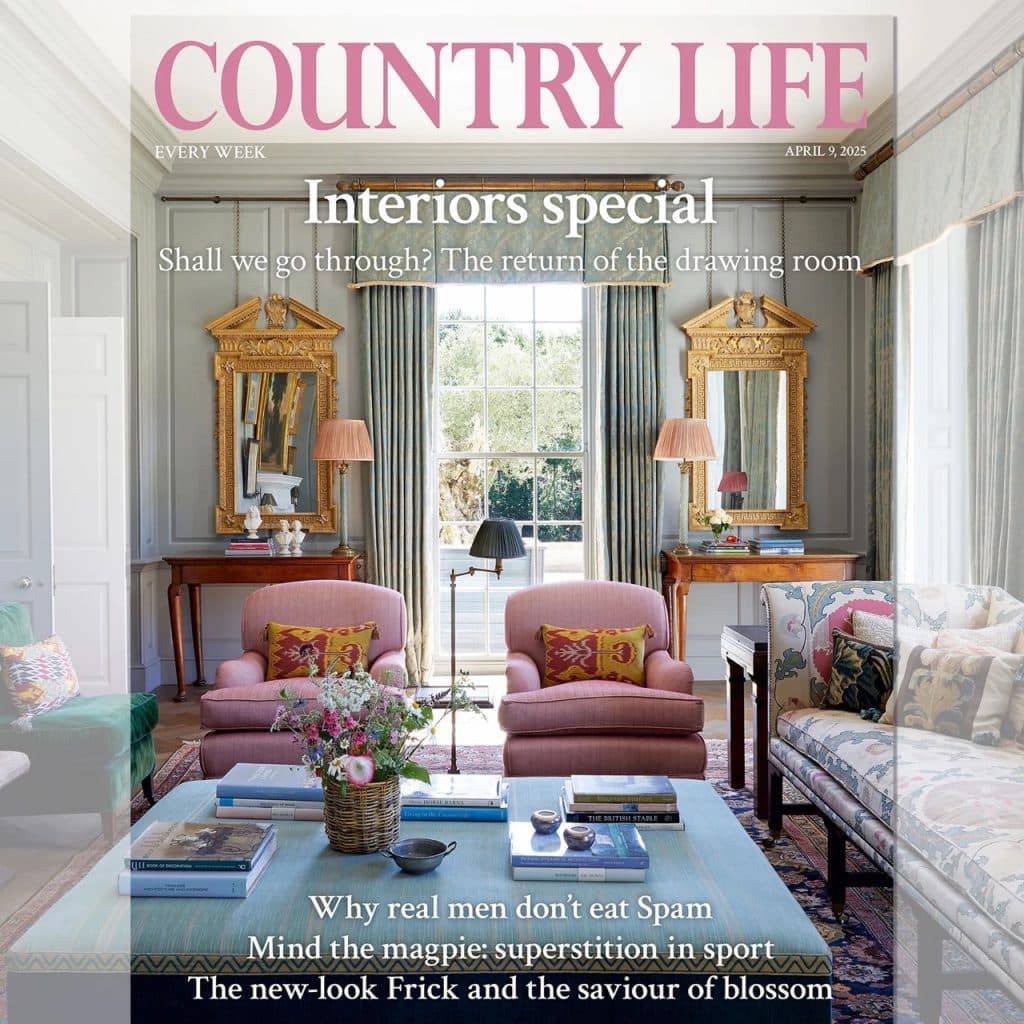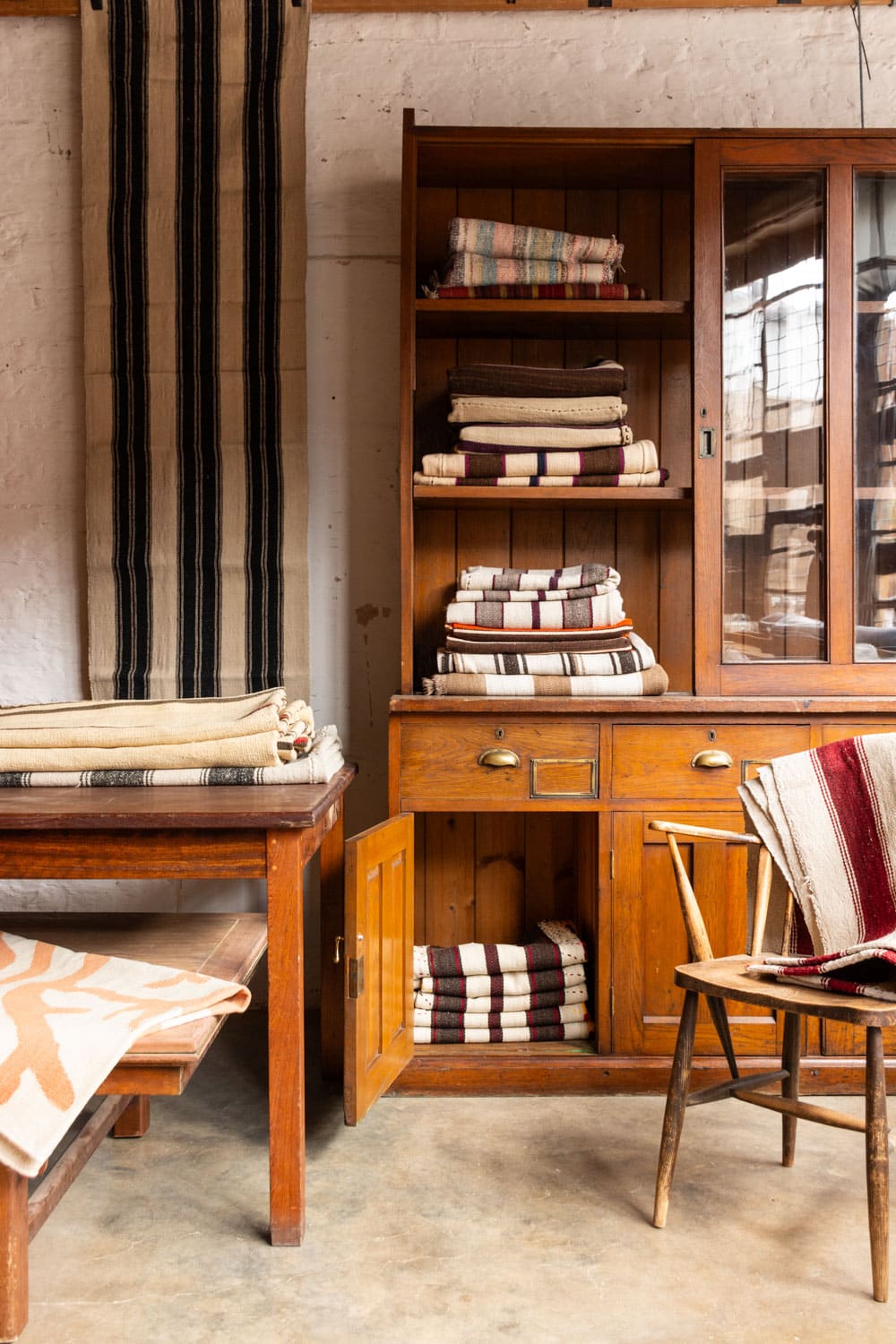
The stripes of our hand-loomed Turkish rugs strike a timeless chord between wholesome roots and contemporary style. Made mostly from naturally pigmented wool, they reflect the beautiful colours of the sheep in the flock.
Traditionally woven at home, where space is limited to a narrow loom, these textiles are crafted in long thin strips that are hand-stitched together lengthways to create stunning striped rugs. By weaving in stripes of grey, brown, and black, the precious white wool would last longer.
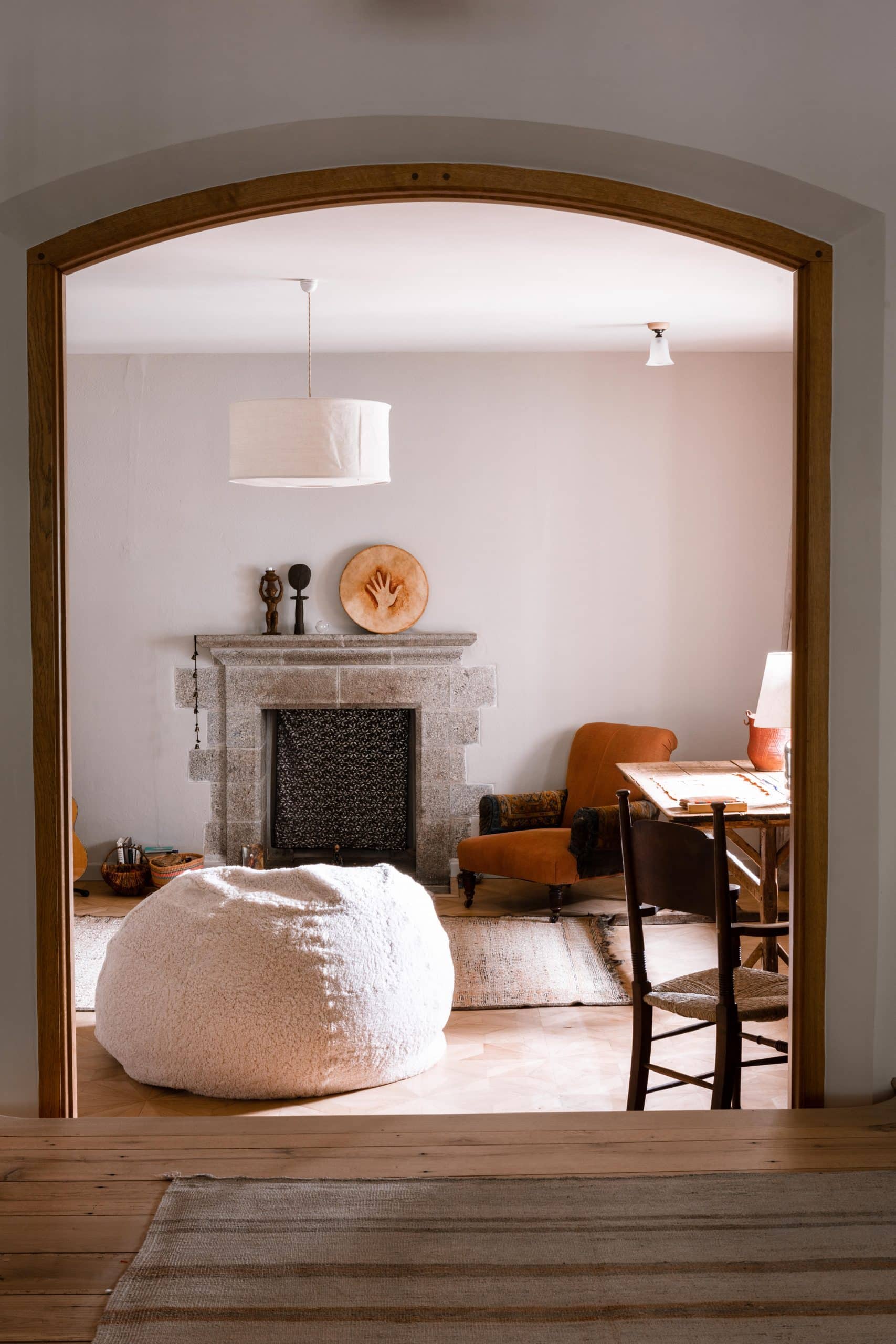
In large open spaces, placing multiple rugs brings warmth and texture, creating a sense of space while also protecting wooden floors. Sticking to neutral tones stops things feeling hectic, while the stripes keep the scheme from becoming boring. The unified tones of natural wool have a cohesive, calming effect.
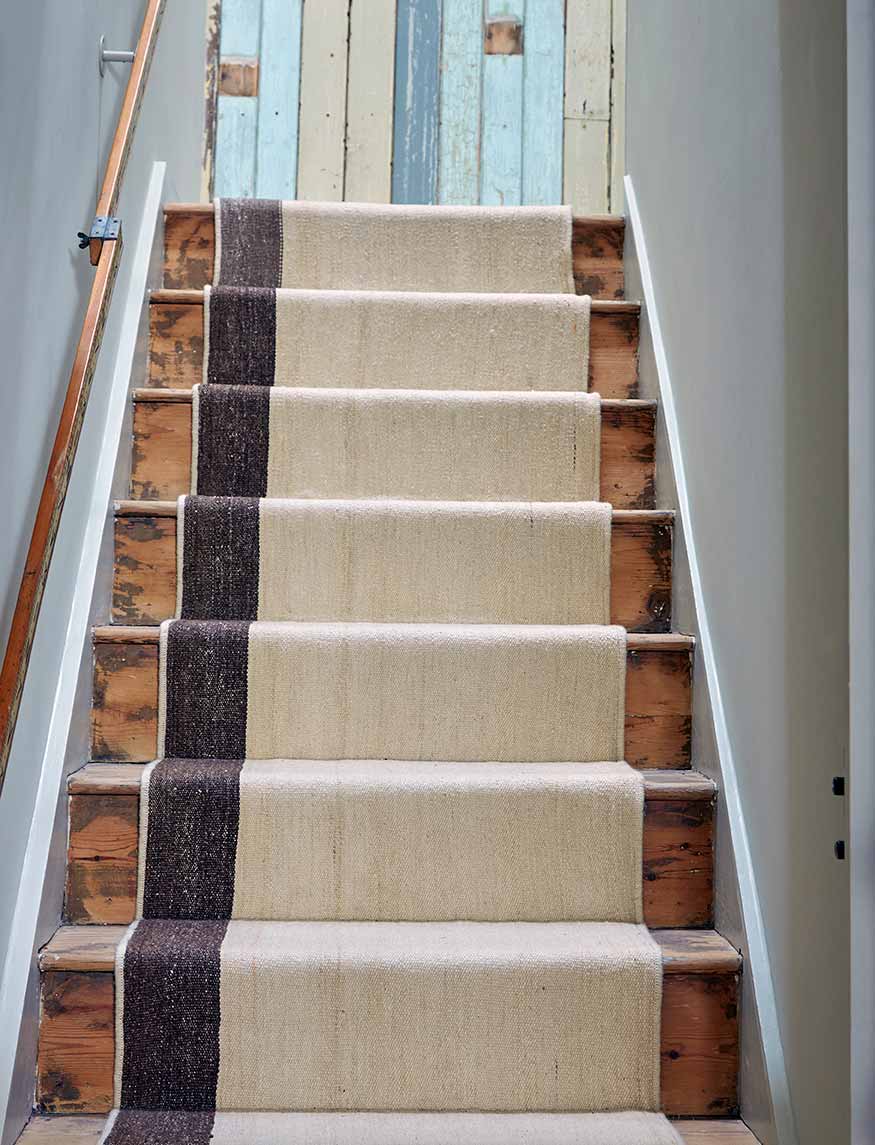
We created this stair runner from one long strip of woven textile that had yet to be stitched into a rug. The staircase leads to a teenagers attic bedroom where the walls are clad in reclaimed tongue and groove. The handrail has been fashioned from vintage surveyors measures – available here.
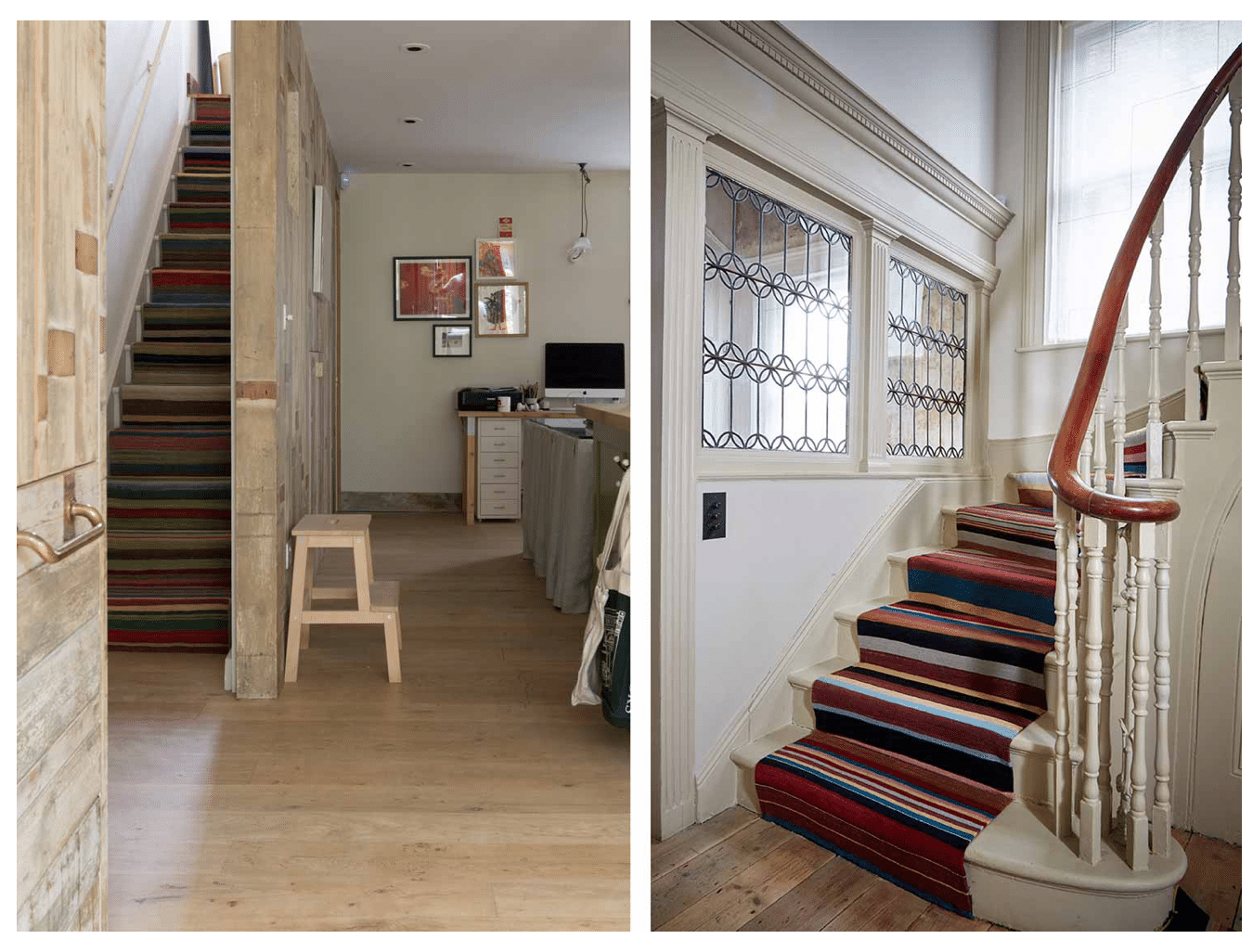
As an alternative to neutral tones, vibrantly striped flatweaves add a pop of colour. This look can be achieved with any flatweave or kilim runner.with any flatweave/kilim runner.
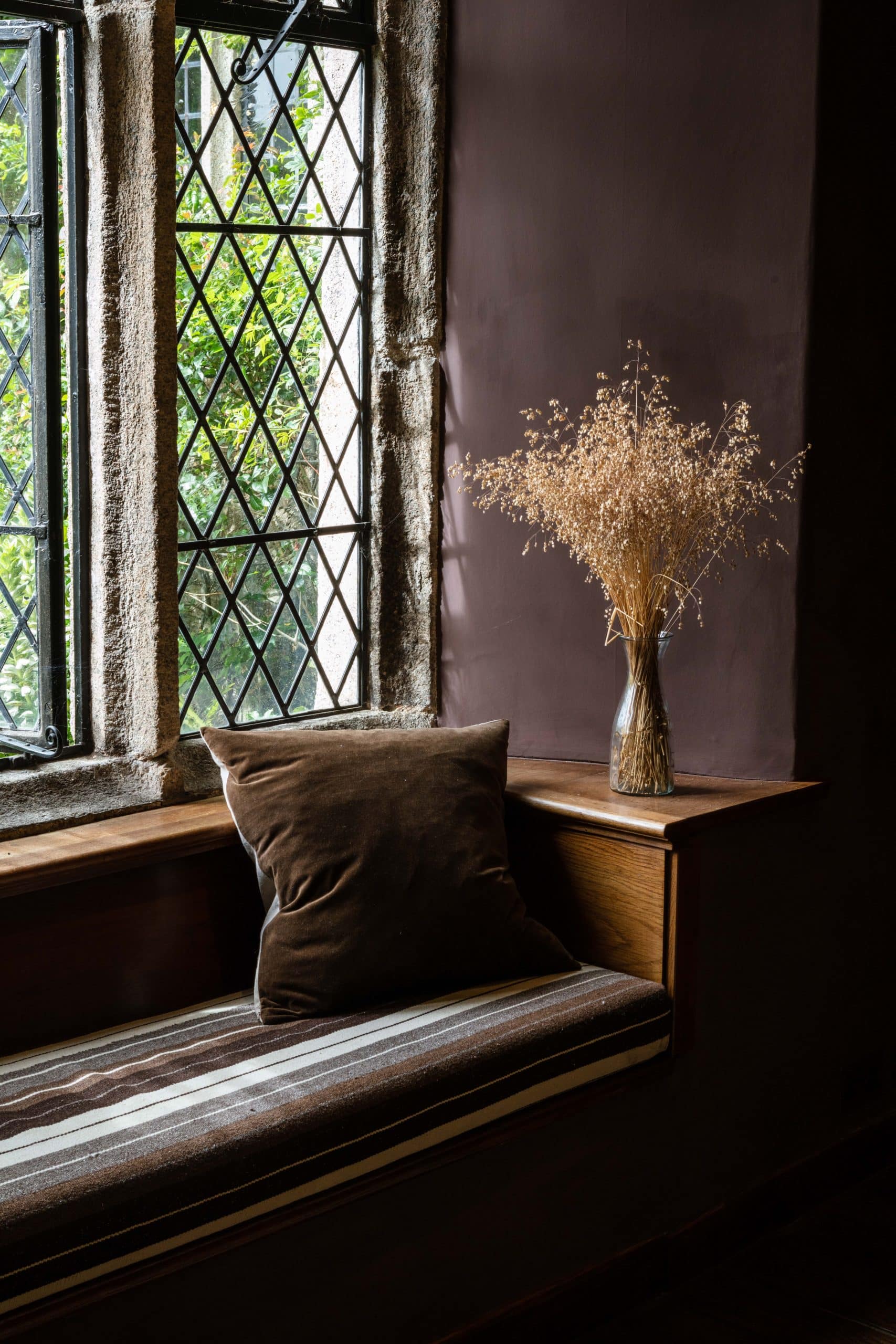
The stitched strips of a completed rug can be carefully dismantled for upholstery—much preferred to cutting into your wonderful woven textile. In this Dartmoor sitting room, we used them to create a window seat cushion. The neutral brown tones were paired with hand-dyed velvet cushions and chocolatey limewash paint, all designed to soften the granite walls and mullioned stone windows.
VIEW TURKISH TEXTILES IN STOCK
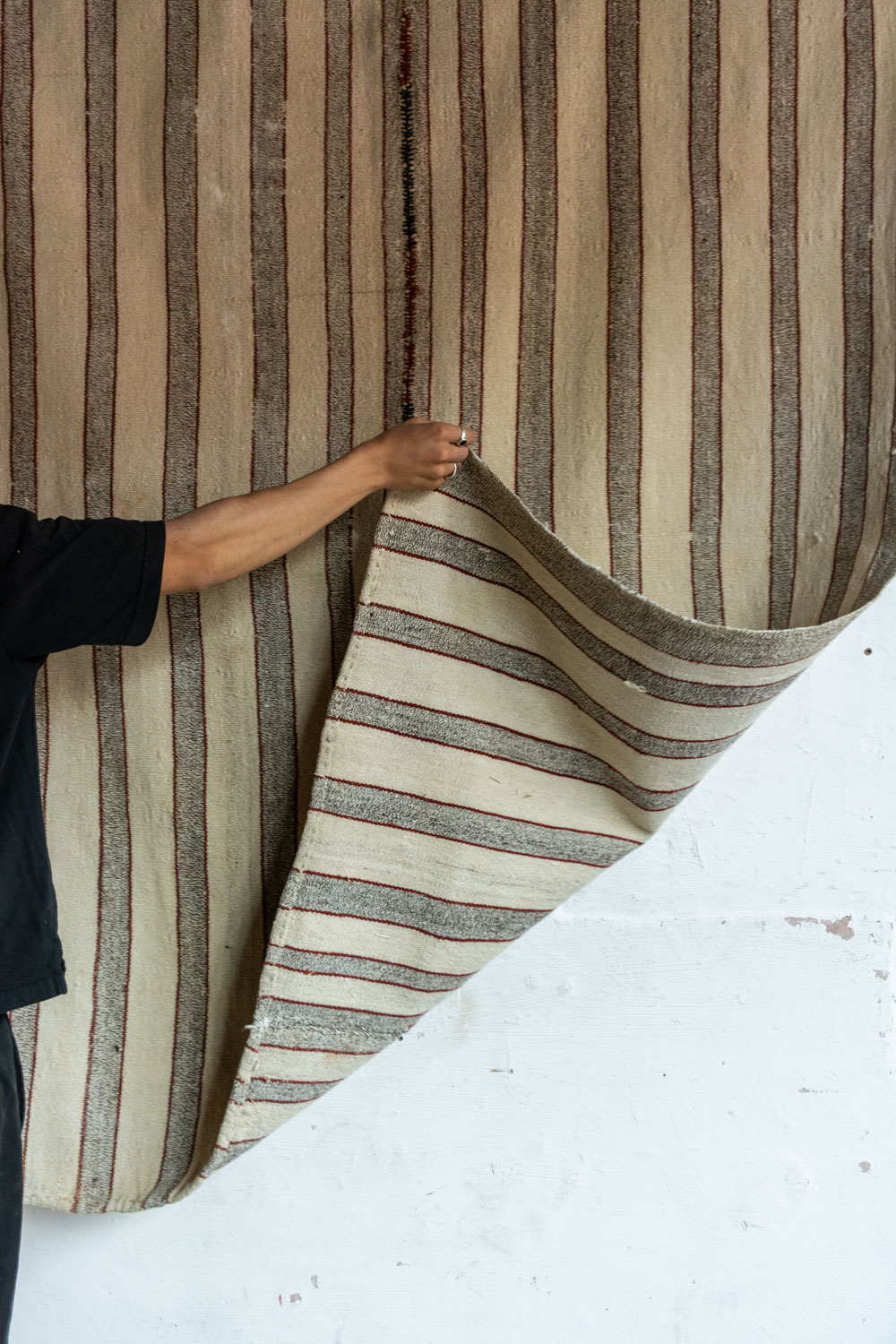
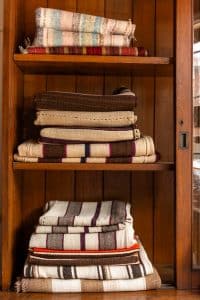 .
.



